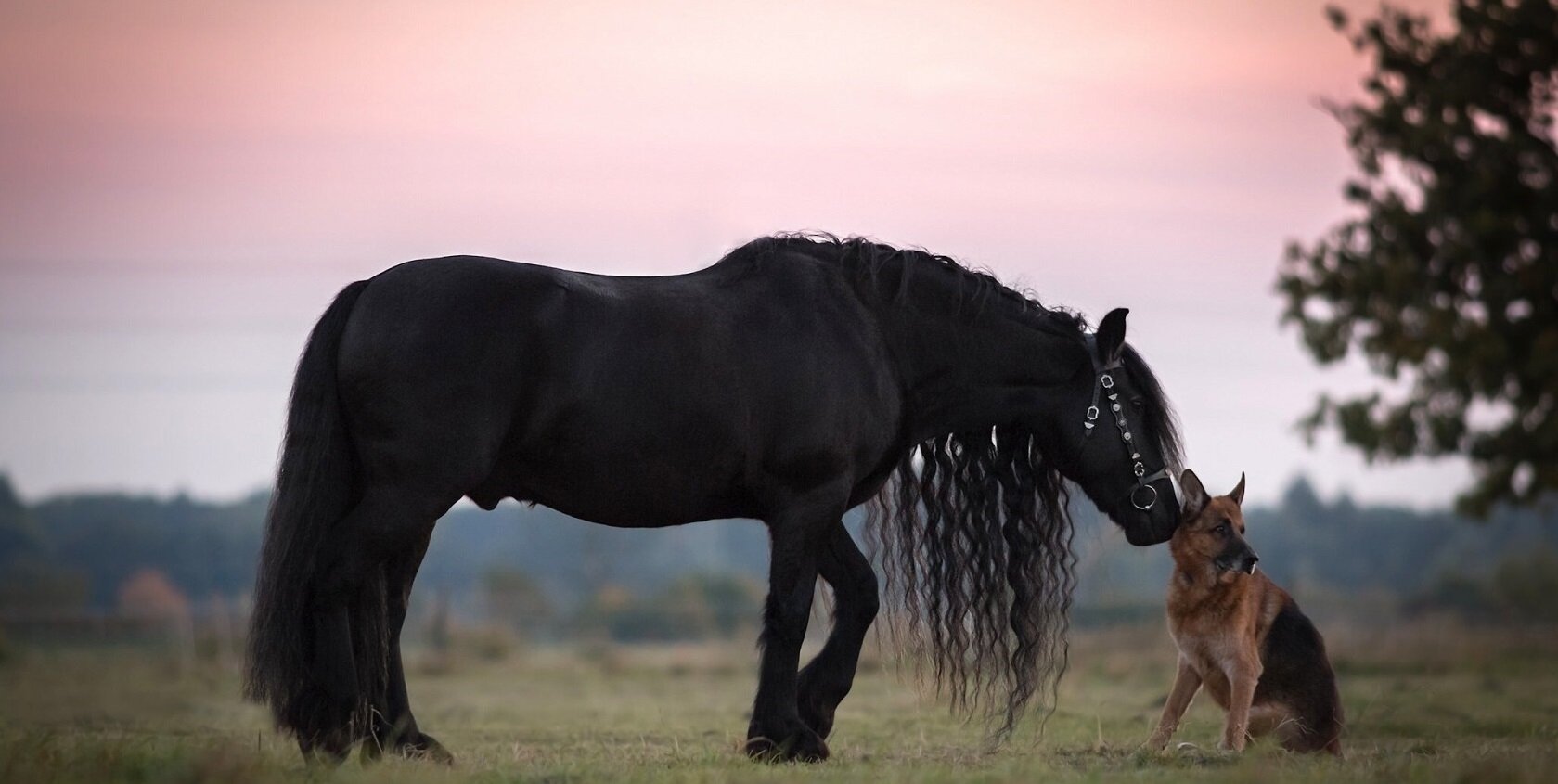Many dogs of all breeds and ages are affected by cruciate ligament injury where many have to turn to surgery.
The cruciate ligaments are two structures that run between the weight bearing surfaces of the stifle (knee) and help support thejoint of a dog. One ligament runs from the front of the tibia (shin bone) to the back of the femur (thigh bone); this is the cranial (anterior) cruciate ligament, or CCL (ACL).
The caudal (posterior) cruciate ligament crosses the CCL, and runs from the back of the tibia to the front of the femur. Your dogs stifle is the joint that bridges the upper and lower leg bones, the femur and tibia. Your dogs stifle is an amazingly complex joint. To add stability to the joint, Nature has provided some very strong ligaments. Two of these are attached in a crosswise fashion, hence the names, anterior and posterior cruciates or “cross” ligaments.
These ligaments act together with two outer bands of fibrous ligament, the lateral collateral ligaments, and the kneecap to maintain your pet's knee stability through a wide range of motion.
A small group of dogs suffer torn cruciates as a true sports injury. These are dogs that test the physical limits of their bodies through over-exertion, agility trials, roughhousing, dock jumping, and Frisbee catching.
But veterinarians see cruciate ligament damage much more frequently in overweight, neutered, middle-aged dogs.In dogs, the caudal ligament is rarely injured on its own, because other ligaments and muscles around the stifle protect it more from extremes of motion than the CCL.
Cruciate injuries may appear to be sudden events resulting from an acute injury, but most are actually the result of degenerative processes in the CCL.
This degeneration occurs because of repeated minor stresses during walking, running and playing. These stresses are magnified by obesity, inactivity (the supporting muscles become weak) and poor conformation, such as straight stifles, bowleggedness, and knock knees. Ligaments also tend to weaken with age, and certain breeds (such as Rotties and Labs) develop cruciate disease more than the ‘average dog’. Neutered
Animals (especially females) are more likely to have cruciate disease. This may be due to the delayed closure of growth plates in animals neutered in puppy stage, which results in larger bones and joints and more stress on the cruciate ligaments. There is an immune component to cruciate disease as well, because there are immune complexes in the joint fluid of dogs with CCL ruptures.
if your vet recommends to have surgical treatment for CCL then always use a specialized surgical vet as their success rates tend to be higher from my experience.
Two studies (in 1972 and 1984) evaluated conventional conservative treatment (cage rest) and found that 50% of dogs under 50 pounds did well, and fewer than 20% of dogs over 50 pounds did well.
I have found that many dogs respond well to AMRT therapy (Myofascial Release, Acupuncture, Laser therapies) prior and post surgery in quicker healing times, regardless of size, with homeopathic treatment, Bowen therapy. There have been large and giant breed patients with cruciate disease who are in less pain and more active. It is always important to have a veterinary diagnosis/ surgery if needed.
1 – Optimize diet, feeding a raw diet if possible, and work to keep the patient’s weight in the normal range (important) though when putting a dog on a diet they have to be incrementally decreased; many older dogs with CCL disease are overweight.
2 – Incorporate anti-oxidants and joint protectants (nutraceuticals) into the diet, such as glycosaminoglycans, Chondroitin, MSM, devil's claw, salmon / krill oil, and vitamin E.
3– AMRT Therapy increases circulation to the joint and minimize inflammation and pain.
4 – Dogs must be carefully leash walked during the healing phase, which will vary depending on the individual. Your vet should guide you in how and when to increase activity. Complete inactivity will weaken the good leg, yet excessive activity will slow healing.
It is important to work with a vet to ensure that each dog remains reasonably comfortable through the healing process. There certainly are options to help speed up your dog's healing process post surgery or prior to surgery.


